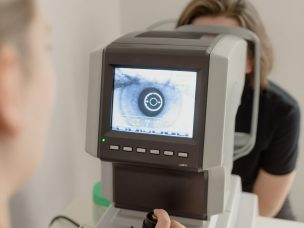Deep learning, a form of artificial intelligence, is being studied for its potential to screen for and diagnose age-related macular degeneration (AMD). The use of deep learning for image recognition is promising, as it can allow for more accurate and efficient diagnosis and treatment. This article, published in Seminars in Ophthalmology, analyzed the accuracy of deep learning algorithms in diagnosing AMD.
AMD deep learning algorithms rely on training sets informed by optimal human grading and diagnoses of imagery gathered from fundus photography and optical coherence tomography. The current algorithms in use can achieve accuracy levels similar to those of human graders.
The researchers concluded that combining deep learning with multiple diagnostic imaging modalities can result in increased accuracy that may surpass the skill of even the best human graders. Moreover, the efficiency of this technique could help increase AMD diagnostic and screening opportunities for underserved populations [1].
Source:
[1] Gong, D., Kras, A., & Miller, J. B. (2021). Application of deep learning for diagnosing, classifying, and treating age-related macular degeneration. Seminars in Ophthalmology, 36(4), 198–204. https://doi.org/10.1080/08820538.2021.1889617










